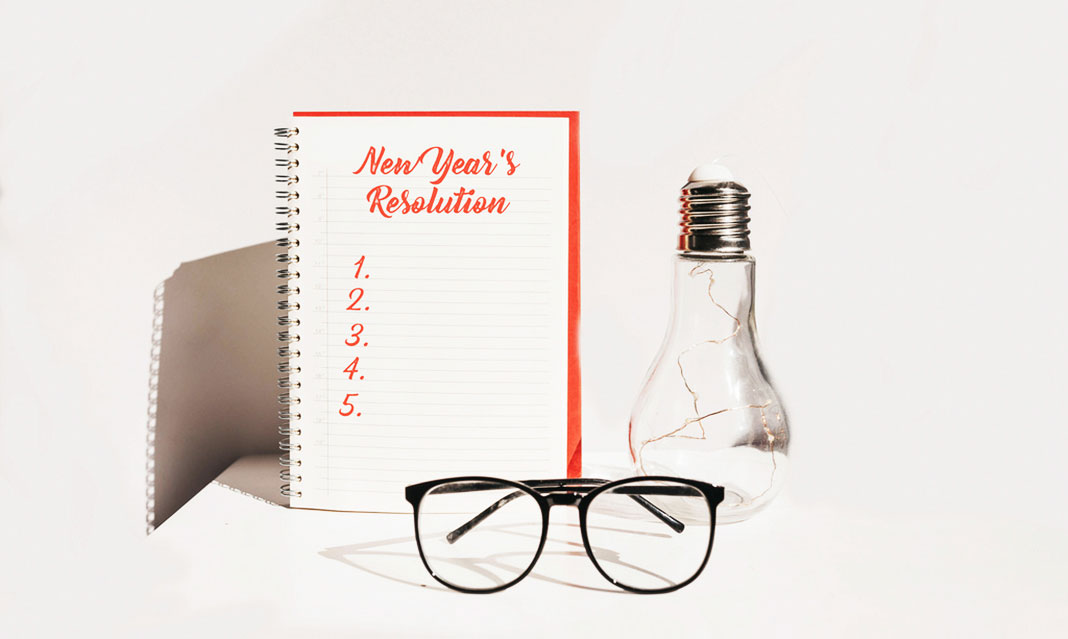It is a well-established tradition to set resolutions or goals every new year, yet apparently less than 10 per cent of individuals stick to their new year’s resolutions for the entire twelve months. This falls far below expectations simply because we set a goal in place rather than a plan. In fact, there are many reasons for why resolutions don’t work and even more strategies on how to shift your own psychology, in order to make them a reality.
Most people choose resolutions that they think they should have based on other people’s expectations. Resolutions such as eating healthy or exercising often, tends to fall short of personal relevance or desire. Not to mention, this coupled with the timing of the pledge can completely throw you off. During the beginning of the year, people are usually coming out of a long holiday and looking forward to several more months of hard work. Both these elements have a tendency to reduce one’s intrinsic motivation for following through on a plan and lose sight of the greater purpose.
Furthermore, it is important to set the right plan to help guide you through the resolution. There are in fact three key elements to successful self-regulation. The first is to have the appropriate goal or standard. This requires one to choose a resolution that is not overly ambitious and rather exceedingly specific. The former prevents one from being discouraged and psychologically miserable from having to face the disheartening goal, making it seem more like work and easier to quit. The latter requirement of a specific goal makes it easier to plan ways to reach the goal or monitor the progress. Objectives such as being a better person are too abstract to work with, as opposed to losing a set amount of weight by the end of the year.
The second element of self-regulation is to establish a regime to achieve the goal. This must be a concrete process one can apply routinely to make progress towards their resolution. Plans such as joining a fitness class or taking the stairs every day, can set out the concrete steps one can take each day to ensure they’re actually progressing towards the goal. The last aspect of self-regulation is monitoring your progress along the way. This is important to ensuring you’re actually progressing in the right direction and how you can better improve your plan to serve the end goal. Too often, individuals fall prey to distraction or absent-mindedness and submit their resolution to a nonviable plan of action or fall off course altogether.
Often, individuals pick a habit they wish to attain as part of their new year’s resolution. This may include texting less, drinking less or other such automatic actions that are conditioned in their brain. These types of habits have a sure-fire strategy to attain based on science. Firstly, the new habit you wish to implement must be small enough to work with. Something like “eating healthy” is not small, yet “eating a salad at lunch” can be the perfect sized goal that can fit into your everyday routine. Next, it is best to attach the habit with existing ones. For example, if you already go jogging a few times a week, it may be worthwhile to simply add on 20 more minutes to each run so that your already well-established habits support your new goal of getting more exercise. Lastly, you must make the new habit fairly easy to do, at least for the first week. Setting alarms on your phone and having visual reminders such as sticky notes can go a long way in conducing you to engaging in the habit.
The new year is a chance to gleam across the horizon and find inspiration in the vast possibilities floating in a whole new future. In fact, people that simply establish a resolution are almost 10 times more likely to keep them compared to other forms of self-improvement. The important aspect in this respect is to never stop trying.



